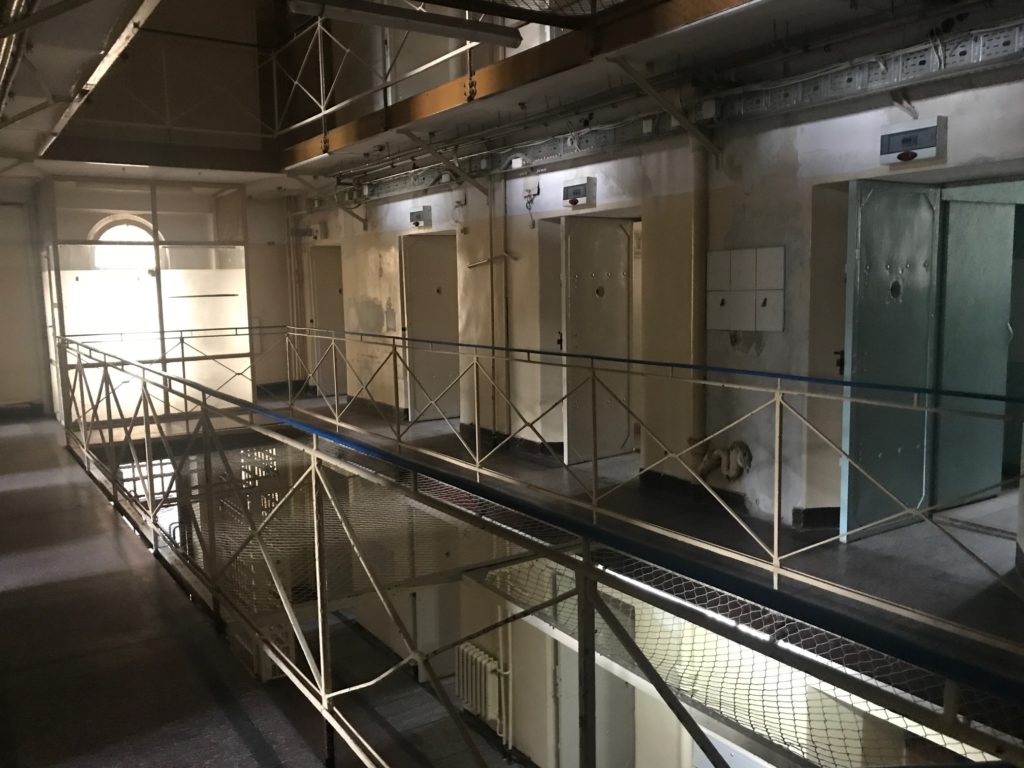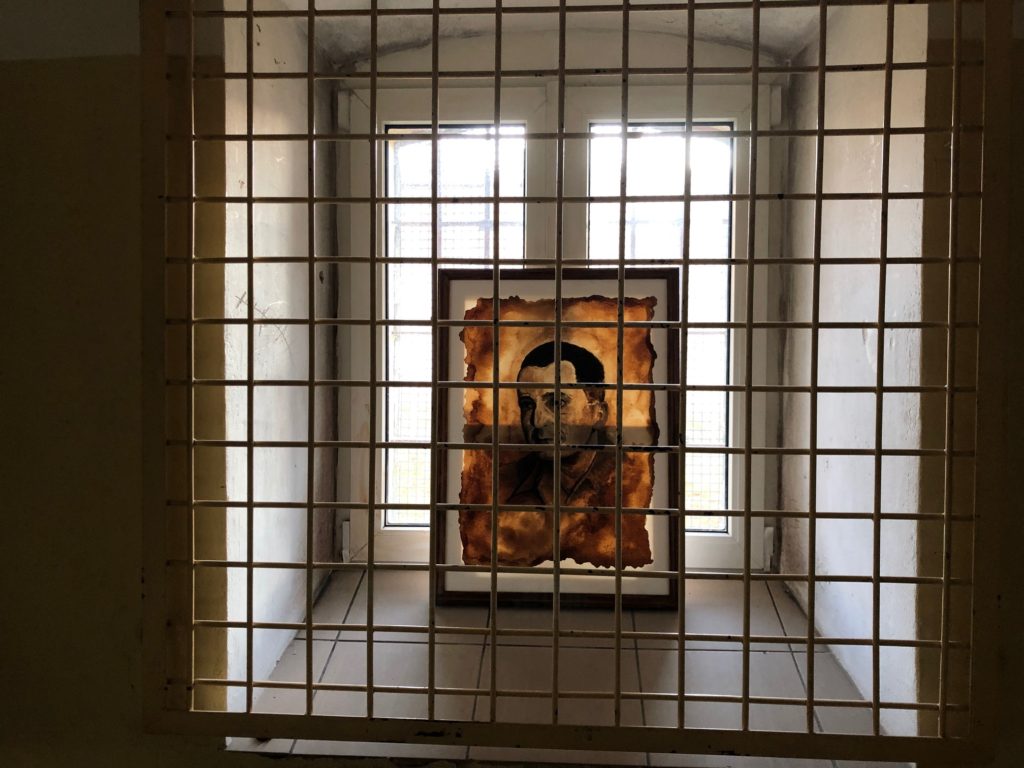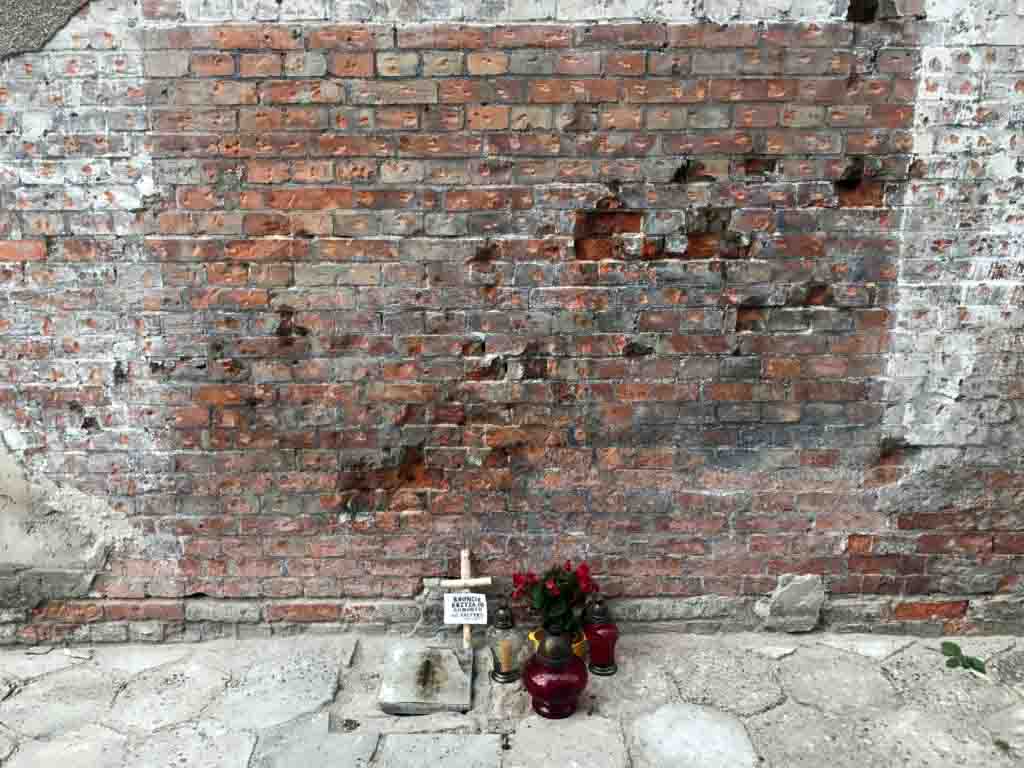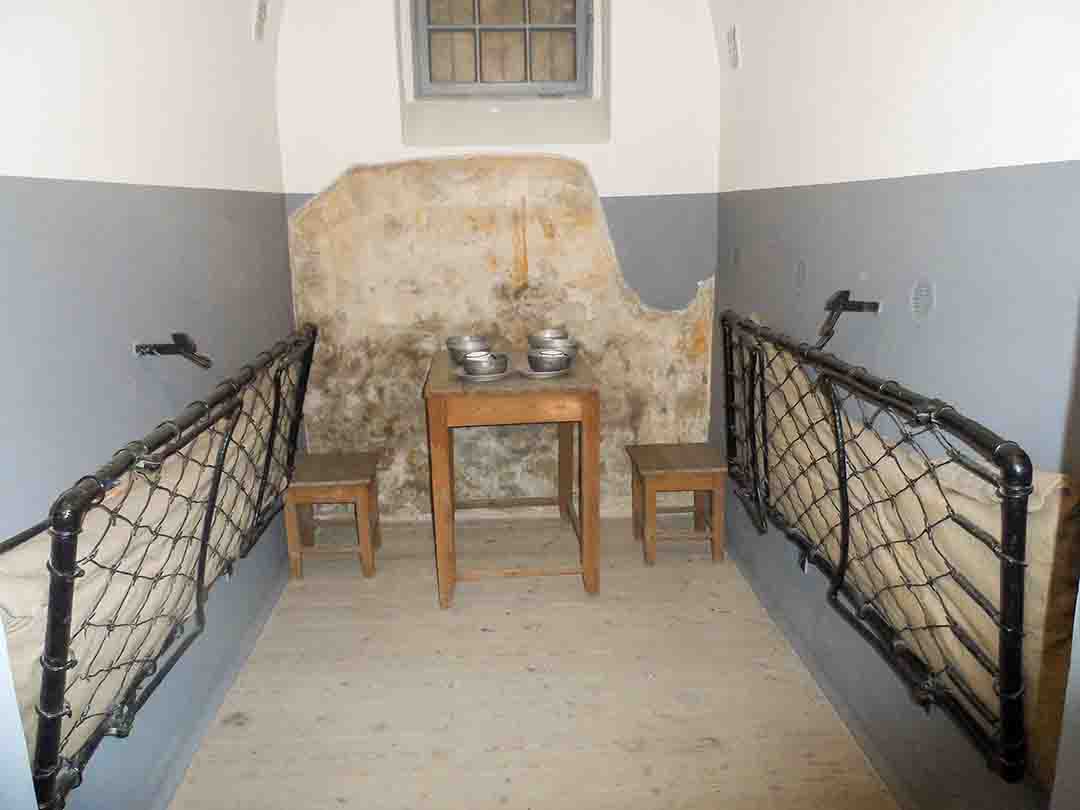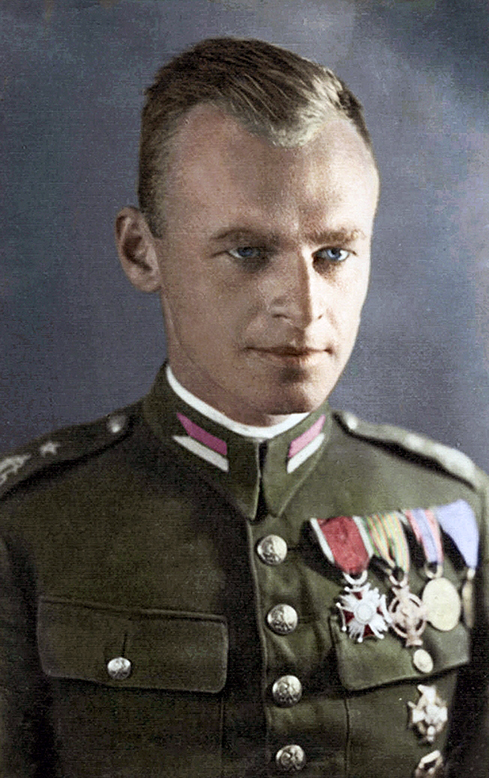On November 24, 1904, a pre-trial detention center and a penal prison at Rakowiecka Street in Mokotów went into service. The origins of the prison in Mokotów date back to the times of the Russian partition. After the war, it was here that, by order of the highest communist authorities, the leaders of the Polish Underground State and independence activists were imprisoned, tortured and murdered.
I had the opportunity to visit the prison and see the place of execution of our Heroes with my own eyes. I was guided by Jarosław Wróblewski who is a member of the Historical Committee of the Social Committee for the Care of the Graves of Fallen Soldiers of the "Zośka" Battalion, and the Historical Group of the "Radosław" Battle Group, and the author of numerous publications, including books: "Gryf" and "Zośkowiec".
Recently, it was decided to establish the Museum of Cursed Soldiers and Political Prisoners of the People's Republic of Poland on the site of the prison. And so, the prison, covered with gloomy fame, will vanish for several years while numerous preparatory works will be carried out there. It will not be an ordinary museum - it will be marked with the blood of our Heroes who gave their lives for a free Homeland. They were dying, and we want to believe that they hoped that their deaths were not in vain, that they would continue to live in our hearts and memories.
It was at Rakowiecka Street that General August Fieldorf, pseudonym Nil, Lt. Łukasz Ciepliński ps. Plow, Maj. Zygmunt Szendzielarz pseudonym Łupaszko, Maj. Hieronim Dekutowski, pseudonym Dam, rtm. Witold Pilecki, pseudonym Witold. In addition to the military, civilians and representatives of the Catholic Church were also imprisoned at Mokotów, including Archbishop Antoni Baraniak. The prison at Mokotów was not only a place of seclusion, but also a place of execution, the Golgotha of the Polish Nation.
Entering through the prison gate gives you shivers. We all know how many Polish patriots crossed this threshold never to return home, to their loved ones. I am greeted by a smiling uniformed policeman. I do not expect such a pleasant reception and for a moment I am confused. The tension returns when I go inside and look at the subsequent cells where the best sons of Polish soil were kept. Of course, the cell of Captain W. Pilecki makes the greatest impression. It is preserved unchanged. On the window hangs the small portrait of the captain, so famous from countless photographs of visiting guests. This place requires concentration and prayer. There is a piercing silence in the prison, which intensifies the horror I feel at every step.
I am particularly impressed with the cell where Archbishop was imprisoned. Antoni Baraniak, secretary of Cardinal Stefan Wyszyński, the "Unbreakable Soldier" of the Church. The bishop and the primate were arrested on the night of September 25/26, 1953. During the 27 months, the security officers questioned Him at least 145 times. He was tortured, humiliated, beaten, starved, and held in the dark. Despite the great suffering that was inflicted on him, Bishop Antoni Baraniak remained faithful to Primate Stefan Wyszyński, faithful to the Church. In 1956 he was released and served God, the Church, and the Homeland until his death.
I enter the cell of General August Emil Fieldorf "Nil", commander of the Kedyw of the Home Army Headquarters and the underground organization "NIE" (Polish for “NO”). He was one of the most distinguished soldiers of the Home Army and the Polish Independence Underground. Despite being tortured, he refused to cooperate with the Security Service. He kept in God's heart the Honor of the Polish Soldier and the Independent Homeland.
I go through the underground tunnel to the block where Colonel Jacek Różański reigned, who was the director of the Investigative Department of the Ministry of Public Security. He went down in history as one of the greatest executioners of Poles after 1944. He has the death of many patriots on his conscience, including Captain Witold Pilecki and General August Emil Fieldorf "Nil". The block where he had his prison was called the "Palace of Miracles" and no one knew exactly what crimes took place there. Certainly, there was complete lawlessness there, and as a result, more bodies of martyred Polish patriots appeared in front of the building.
More than 350 death sentences were carried out in the prison, and the number of tortured people during the investigation remains unknown. After the show trial on March 1, 1951, seven members of the independence IV Main Board of the "Freedom and Independence" Association headed by Col. Łukasz Ciepliński ps. Plow. It is in their honor that March 1 was designated the Day of the Cursed Soldiers.
Mr. Wróblewski enthusiastically shows me other places, for example a cell where prisoners spent hours immersed in water to the waist. Finally, we go to the death wall, where sentences were carried out using the Katyn method, i.e. with a shot in the back of the head. Overwhelmed by sadness, I say "Our Father" for their souls.
While visiting the museum, I got to know many stories of people who, in the name of higher values and love for their homeland, have devoted their whole lives to fighting the cruel system. Here, and in the "Ł" headquarters in the Warsaw Powązki Cemetery, the communists threw the bodies of our brutally murdered Heroes into nameless pits. These wonderful people, who should stand on a pedestal, be role models for future generations. Attempts were made to take away their dignity, forget about them, destroy every memory of heroism, sacrifice, and their fight for a free Poland.
Failed to…
On my way out, I come across a policeman at the prison door. He says goodbye to me with a smile. A good-bye passes through my mouth only with difficulty. I am relieved to leave this place, but I am still aware that our Heroes did not likewise succeed. They remained in the place of their execution forever. That is why we solemnly assure Them: WE DO REMEMBER AND WE WILL ALWAYS REMEMBER!
The “Last Letter to the Mother” (author of the poem: Second Lieutenant Leszek Andrzej Mroczkowski, a poem written in a prison cell, 1953/54):
I am writing to you, mother, because I know that while kneeling you are asking God
For my son and for mercy, because there is great fear in your heart
Mother don't cry, please don't cry time is a medicine that heals all wounds
and in a few days the letter will come saying "the sentence has been carried out."
I do not despair, although I am afraid and such love burns in my heart
So I kneel at your mother's feet, kissing your tired hands.
Don't cry, Mother, I have to take these seven steps to the basement
Carry my eighteen years, lest the guards drag me along
I love you, Mum, the sun, the wind, and the flutter of sails on the lake
And taste the first kisses when the sea is rough!
I feel sorry for dying, I swear by my poor soul
It is so difficult to walk these seven stairs and yet I have to go through them!!!!
So if one day POLAND RETURNS, let someone call for us
Goodbye Mother, I have to go, the key grinds in the lock ... they are coming for me!!
Author: Maria Byczynski
Pictures: Maria Byczynski



